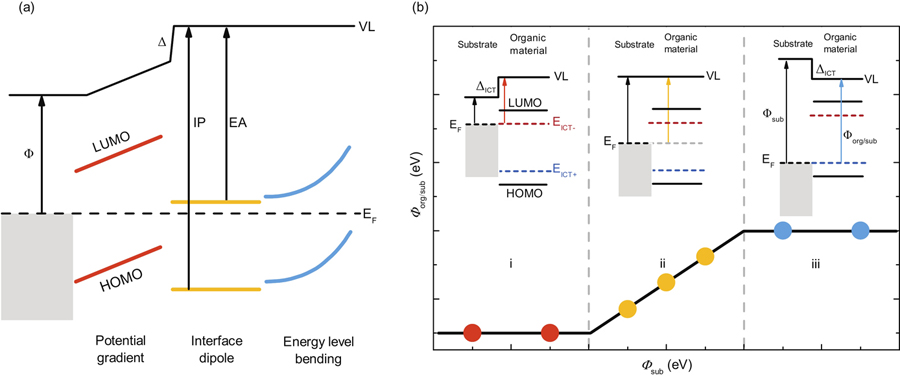[16] S Duhm. Interface energetics in organic electronic devices. Elsevier, 143(2021).
Search by keywords or author
- Journal of Semiconductors
- Vol. 44, Issue 3, 032201 (2023)
References

Xian’e Li, Qilun Zhang, Xianjie Liu, Mats Fahlman. Pinning energies of organic semiconductors in high-efficiency organic solar cells[J]. Journal of Semiconductors, 2023, 44(3): 032201
Download Citation
Set citation alerts for the article
Please enter your email address



